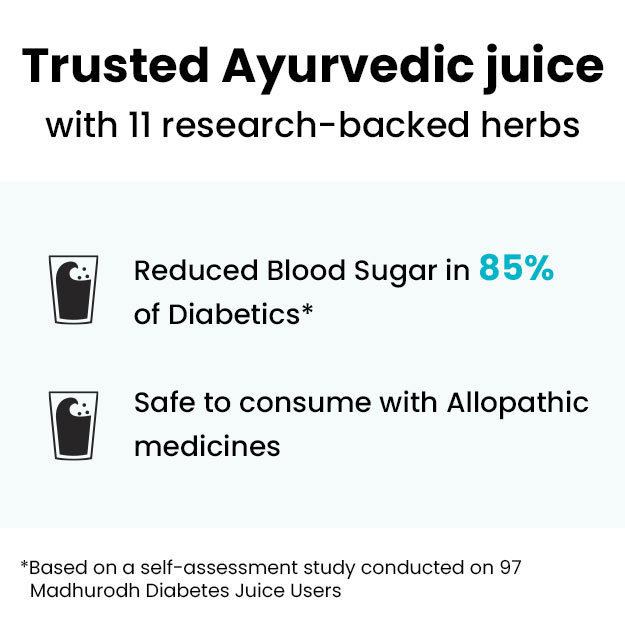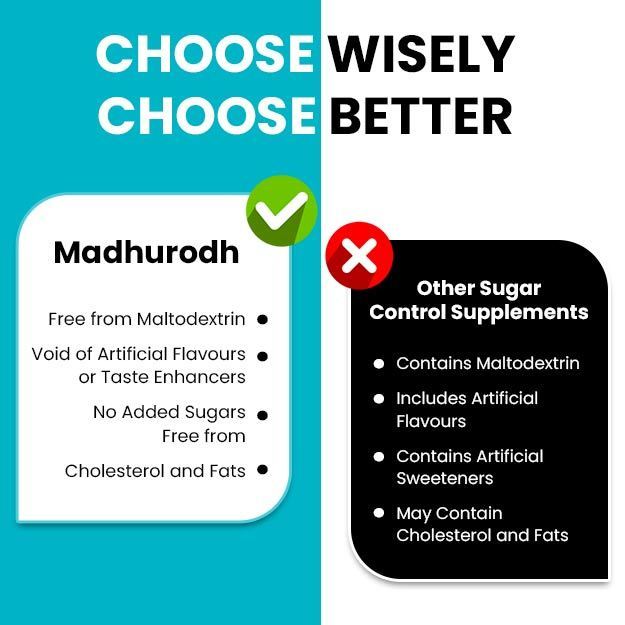What is Bronchoscopy?
Bronchoscopy is a procedure that helps in observing the air passage and lungs. It is usually performed by a pulmonologist (lung specialist) and involves the insertion of a small, thin and flexible tube (bronchoscope) with an attached video camera, through your mouth or nose, down the throat, into the windpipe (trachea) and eventually into lungs (bronchi and bronchioles).
A rigid bronchoscope is occasionally used for removing foreign bodies or blockages of the airway and performing a biopsy (obtaining samples) of tissue or mucus.


































